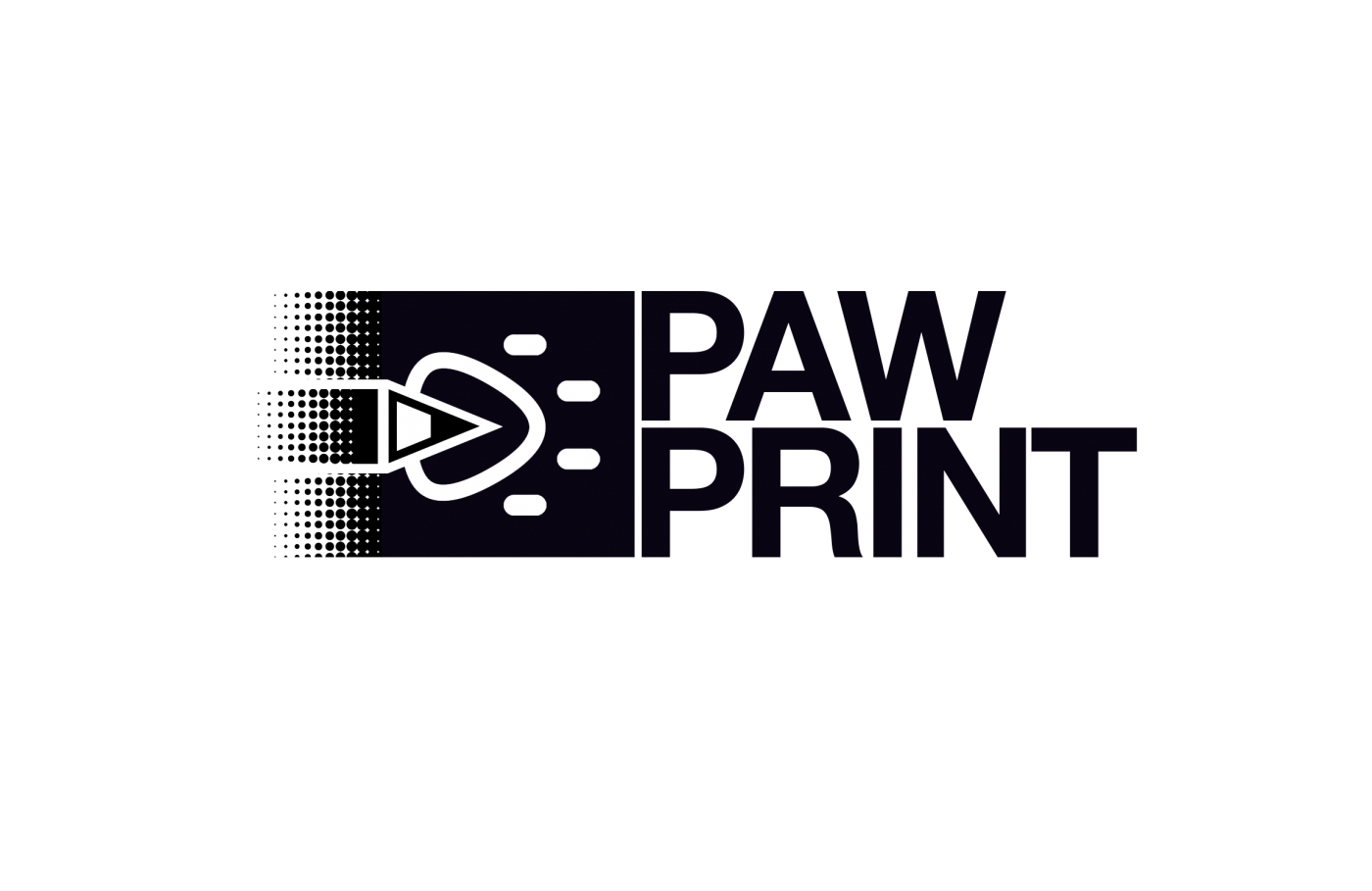
Every February 14th, couples take their significant others to fine dining, fancy dates, or even vacations. But who is gaining from Valentine’s Day? To answer this question, you need to travel 1500 years into the past.
Dating back to the 5th century, the holiday gets its name from the legend of St. Valentine, a Christian martyr. According to the legend, St. Valentine was a marriage priest who married forbidden lovers in the name for true love. Beheaded for his crimes, he was named the martyr of love. One legend states that before his death, he sent a letter signed “From your Valentine” and so to commemorate his death, St. Valentine’s day was born.
To celebrate, lovers bought (and still buy) decorative cards to express their love and appreciation for their loved one.
Walking into a CVS pharmacy during the month of February is like stepping into a sea of fuzzy teddy bears and chocolates covered in shiny, red foil. This holiday is not only good for showing love, but also a field day for the economy. According to Hallmark, almost 200 million Valentine’s Day cards are bought every February 14th. With each card being priced at an average of four to five dollars, Hallmark cards generate the company around one billion dollars just on Valentine’s Day which makes up one-fifth of their annual revenue! Other newer companies are also making huge sums from the holiday. Build-A-Bear always has amazing sales numbers during February, according to their net revenue reports. These are only a few of the many companies that benefit from Valentine’s Day.
At the end of the day, the gift you give your valentine may not be reciprocated, but you can be sure that the companies you buy from will send a little love your way.



